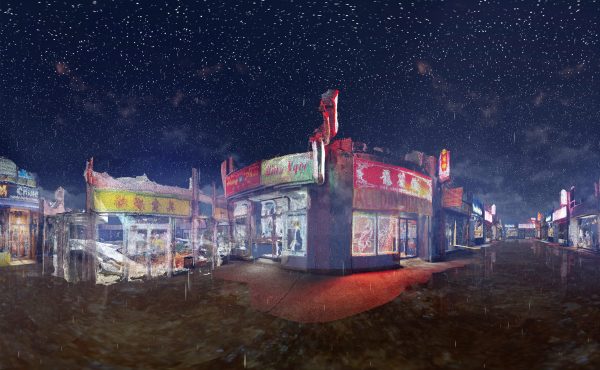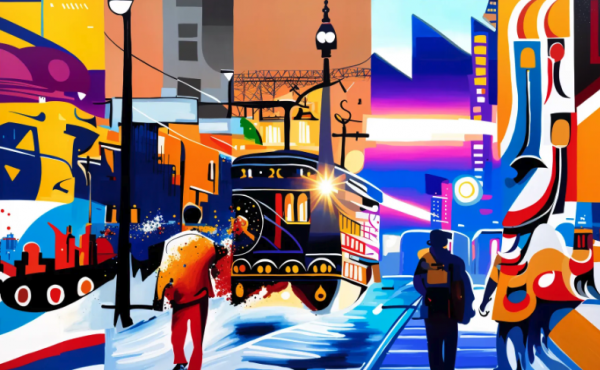More and more we live in cities; more and more human stories are urban stories. But, of course, lots of charming, witty, and eager-to-talk people still live in small towns, and they still want their towns to thrive. This year, Hot Docs offers up two films about two very different European towns working to get themselves on the (figurative) map.
Osadné is the story of an eponymous town just inside the border of Slovakia, as far to the east as you can go in the EU. Members of the Union since 2004, Osandé’s residents, part of an ever-dwindling Rusyn ethnic minority, are just getting acquainted with the Euro, and getting some very personal knowledge of the new government system representing them.
Osadné’s stars are the town’s aging mayor and its young Orthodox priest, who together plot to turn Osadné into a tourist hotspot as the town’s own population either dies or moves away in search of work. Most of the film’s action takes place in the parish and the pub, where the two men work tirelessly to promote a sense of pride in villagers, and consider their best option for drawing in foreigners. With the help of Fedor Vico, leader of the Rusyn Revial Movement, the men set off for the EU Parliament, hoping to raise awareness of Osadné’s charms, as well as some funding to increase these charms. Three wise men-style, they travel to Brussels full of hope and bearing gifts. Unfortunately, there’s no savior waiting for them, only the overwhelming levels of bureaucracy involved in any cultural granting system. Undeterred, the men take on the task at a more local level. The love and camaraderie between the seasoned mayor and the optimistic priest, whose expectant wife will birth only the third new resident in five years, is a wonderful look at collaboration for the betterment of a community.
While funny and heart-felt, a celebration of plucky community organizers, Osadné also touches less directly, but more seriously, on the extreme uncertainty attached to modern rural life.
Viagnella, a tiny town in the Italian Alps, has also experienced a severe population decline in the last fifty years. Once again, the elderly complain that the young have fled. The village of Viagnella is stunning, but tucked so deeply into a valley that it does not receive any sunlight from November to February. The Mirror chronicles the work of Viagnella’s boisterous mayor, Pierfranco, as he rallies support for, builds, and promotes a giant mirror that will catch and reflect the light into the town square, encouraging (he is certain) more socialization, winter sports, and town pride. Light is a pretty good metaphor to work with if you want attention, and “the symbol of the sun dispersing the shadows” is taken up by newsagents from Mexico to Japan, the good-news story of the year. Very much aware of the narrative arc he needs to deliver to the community, the world, and the filmmakers, Pierfranco leads us through nine nerve-wracking acts as his mirror becomes a reality (truly the David Miller of the Alps!).
Viagnella’s feel-good story is made more complex by the Swiss German Buddhists residing on the higher slopes of the valley, a group who live in something close to isolation, summoned daily to meditation by a conch shell. Unfortunately, the contrast between the desire for recognition of the valley dwellers and the self-imposed exile of those up the hill is left largely unexplored. The Mirror is a lot of fun, and beautiful to look at: what the town lacks in light it makes up for in scenery, and the cinematography is (sorry) luminous.
Osadné screens today, Monday, at 2 PM at Innis Town Hall. More information is available here. The Mirror screens tonight at 7:30 at the Royal and Wednesday at 11:00 AM at the ROM Theatre with The Freshwater Plague. More information is available here.



